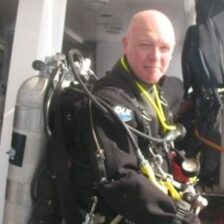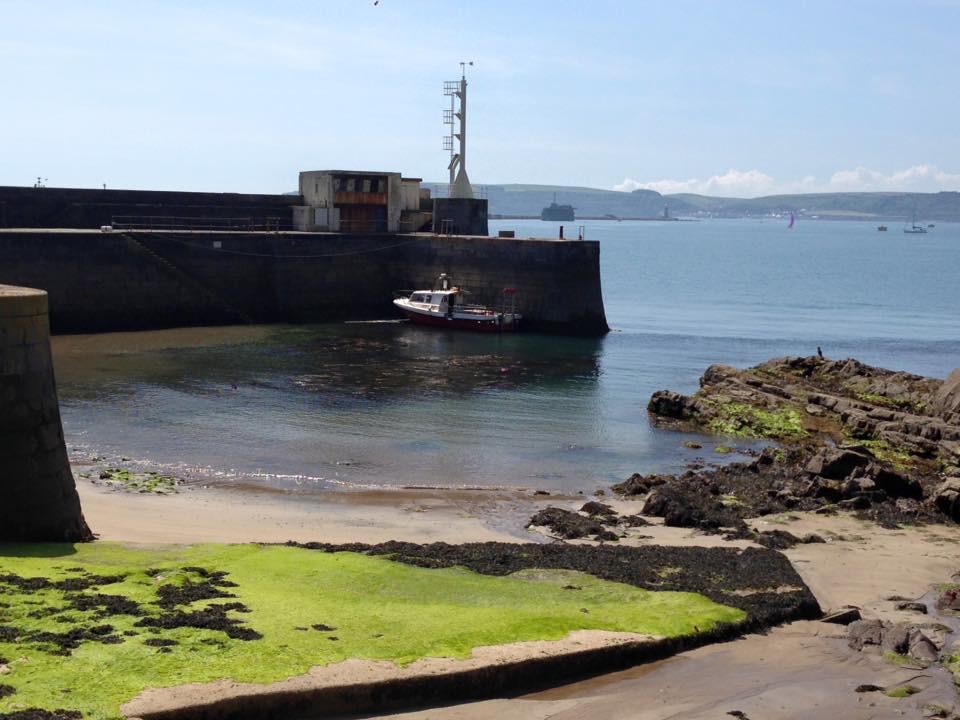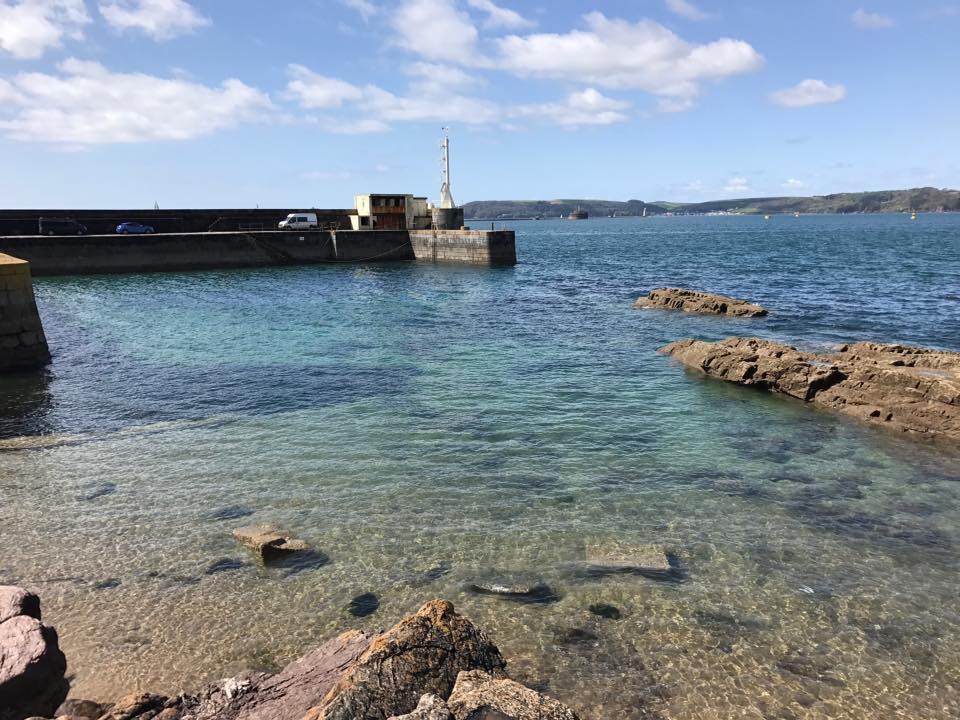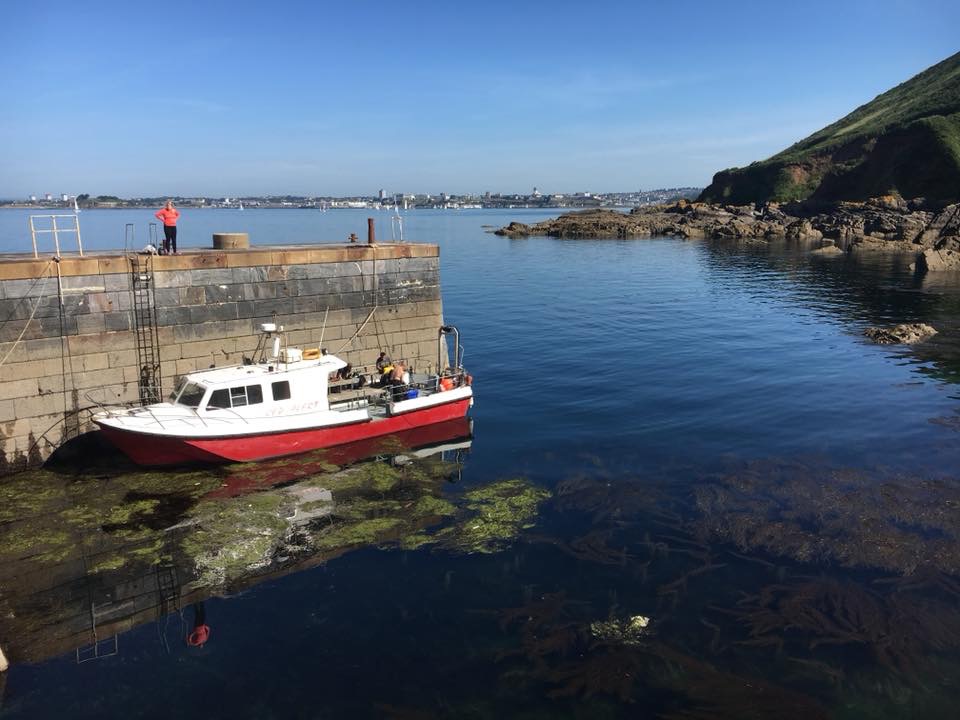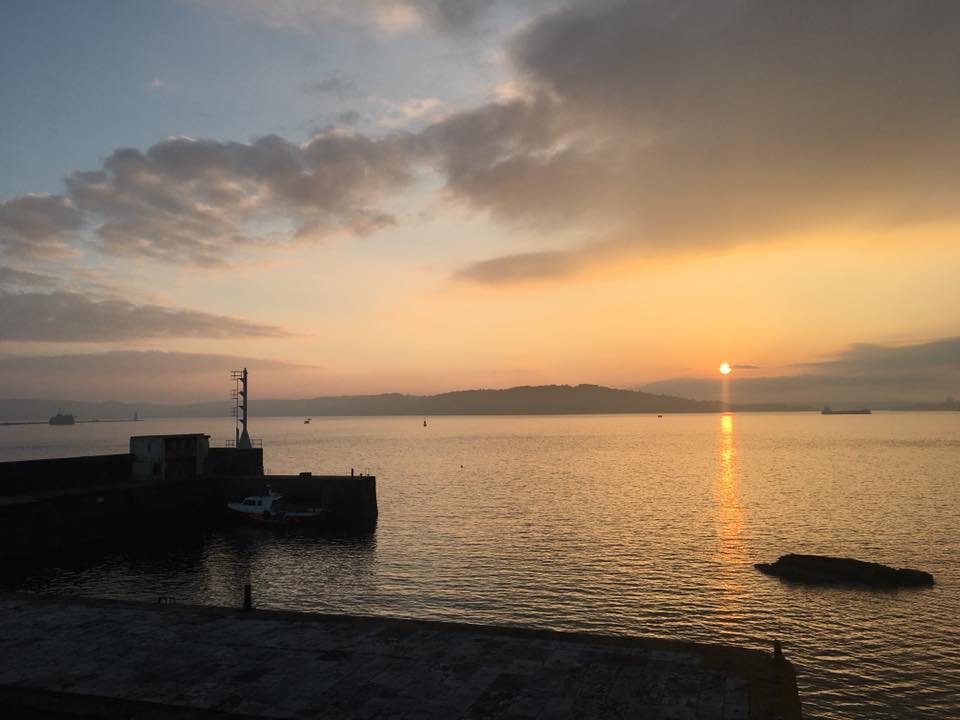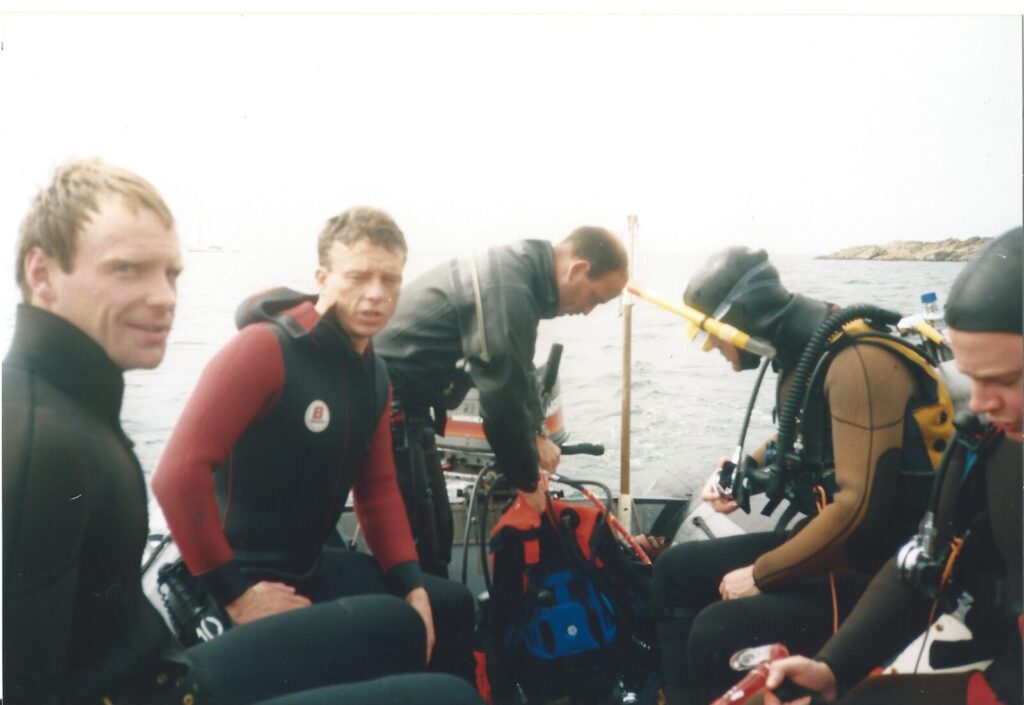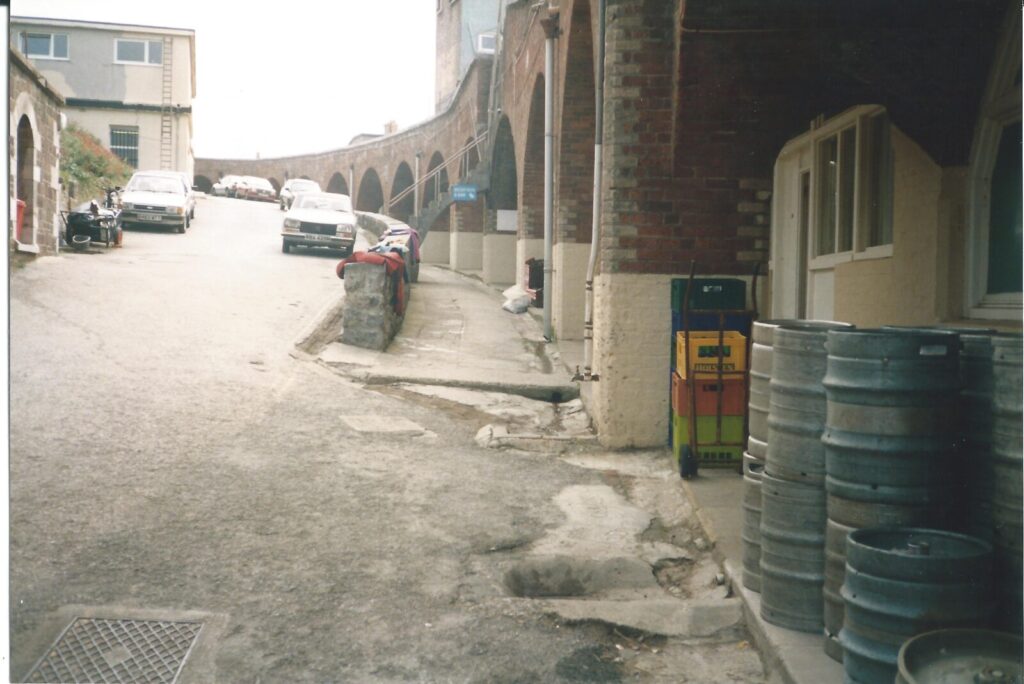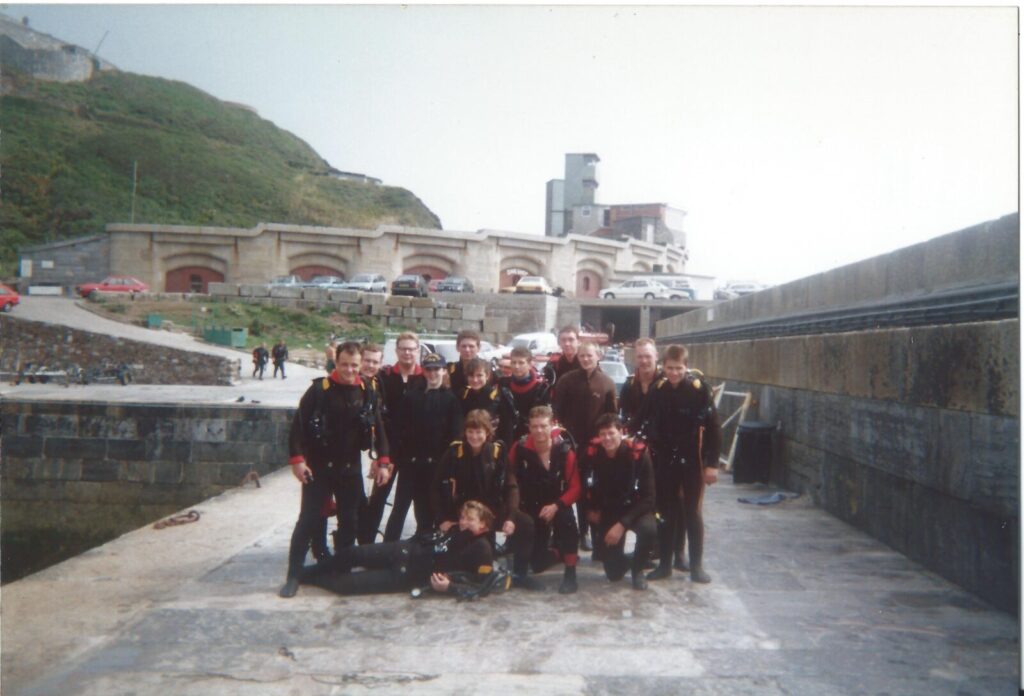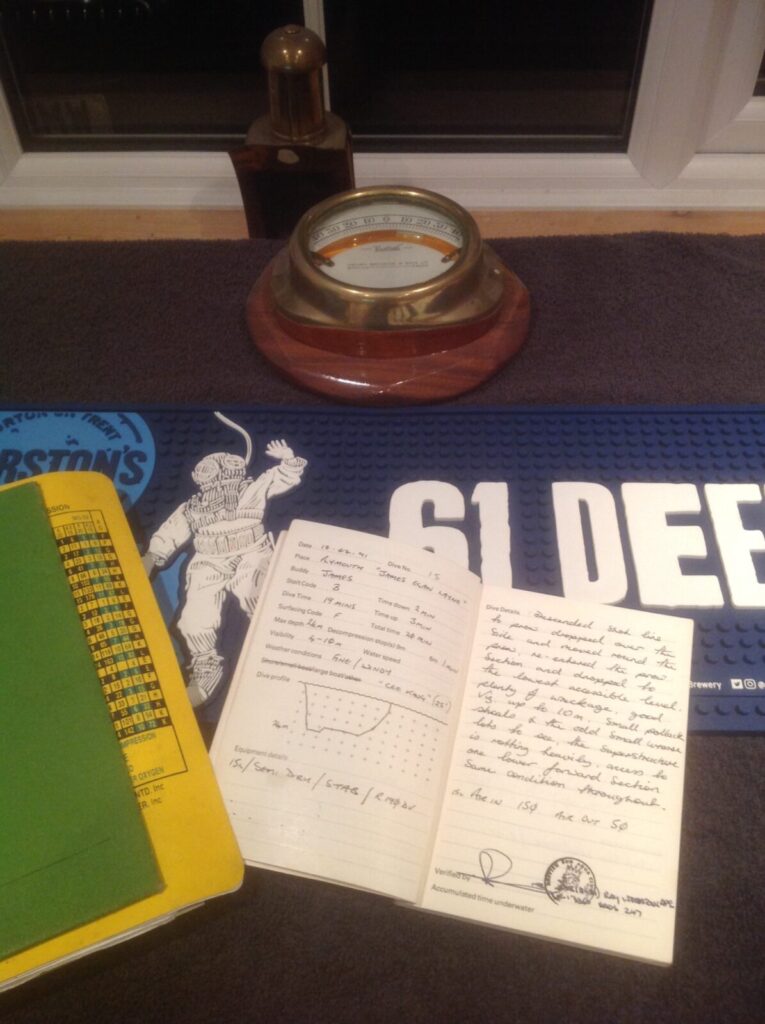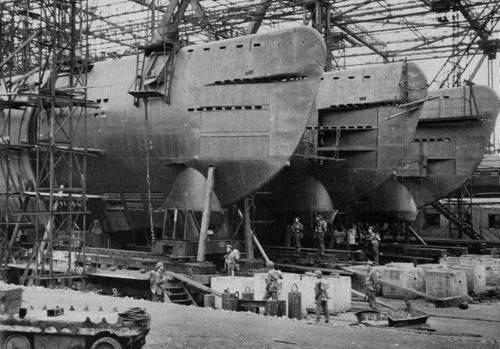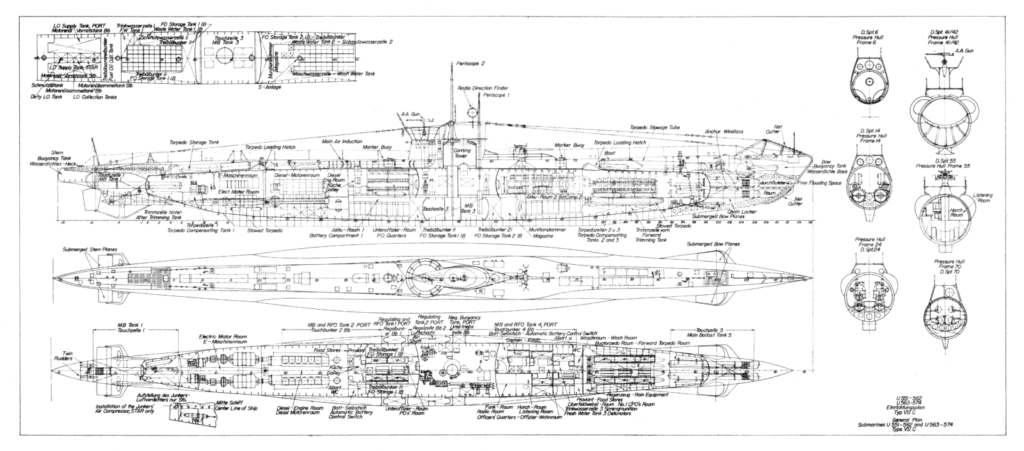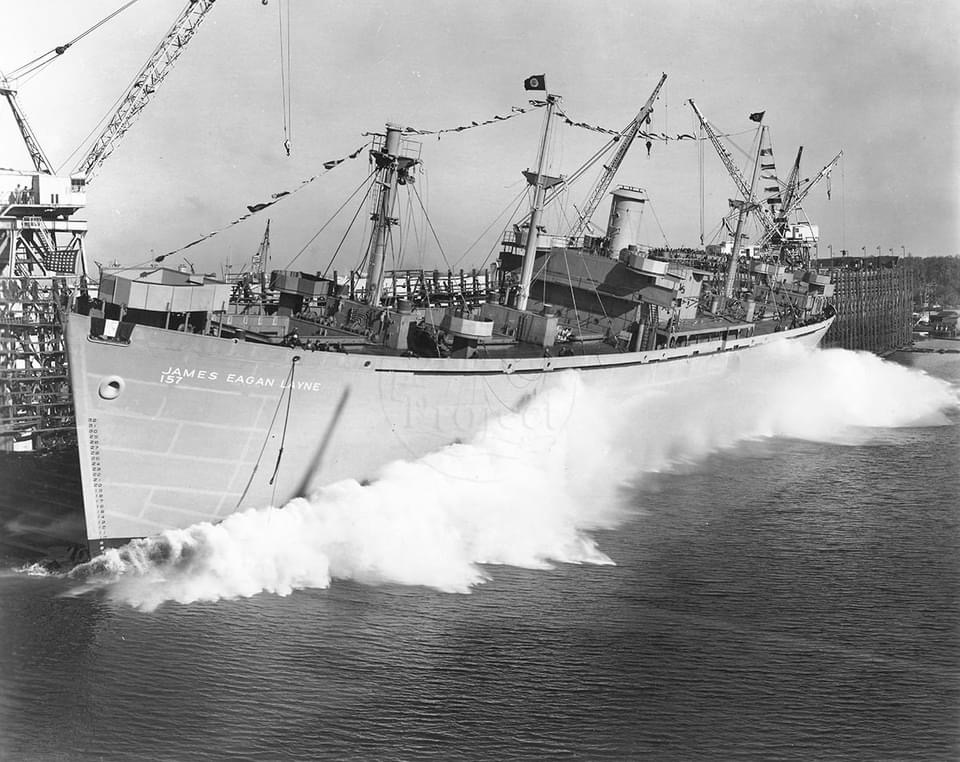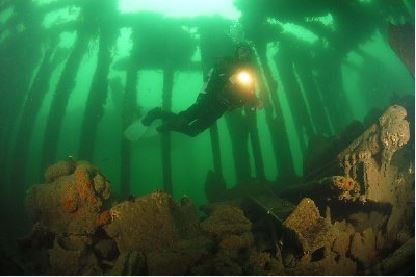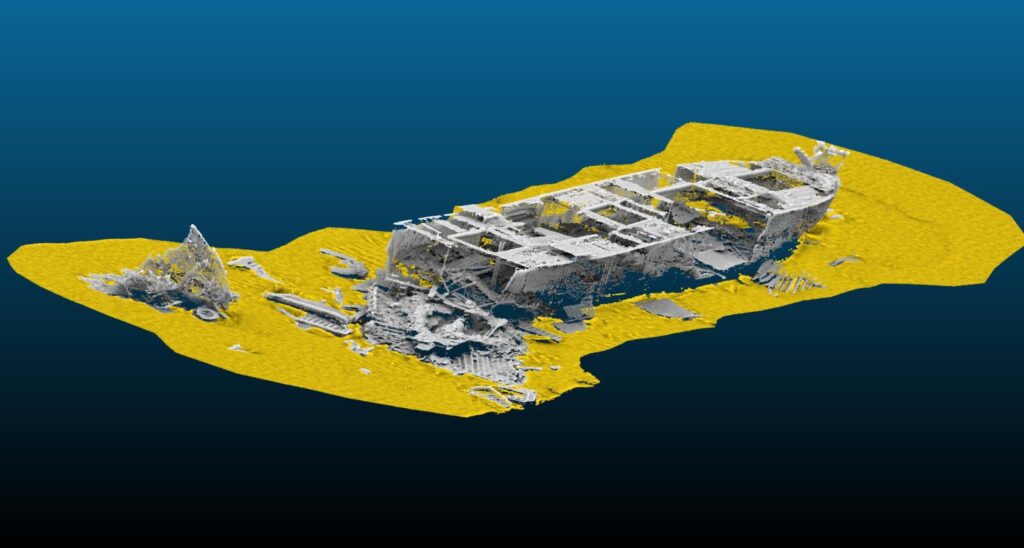There is no greater honour I can think of than to be invited to place a wreath on a shipwreck in memory of those who sacrificed their lives to bring us freedom
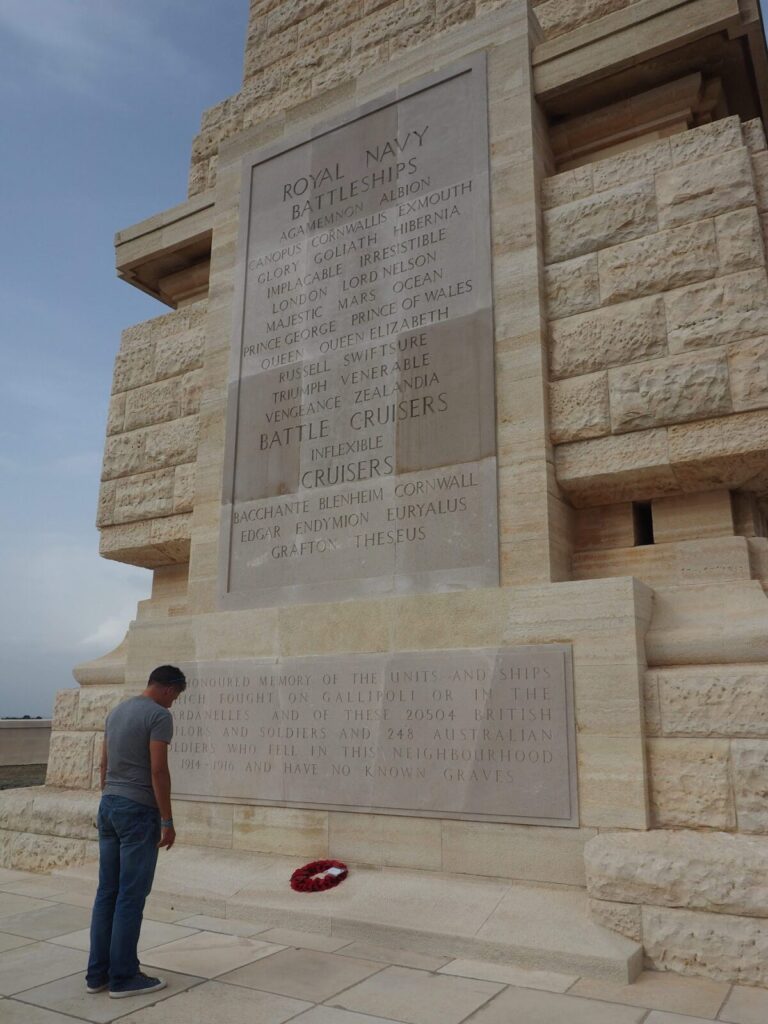
17th February 1915…….. under the command of the 1st Sea Lord of the Admiralty, Winston Churchill, the allies landed at Çanakkale in Turkey, a place that would become known to the West as Gallipoli. When, finally, after 8 months of what was one of the most dire episodes of WWI, on 9th of January 1916, the Allies abandoned any hope of prevailing against the native Turks and their supporting German military advisors, some 250,000 had fallen on both sides
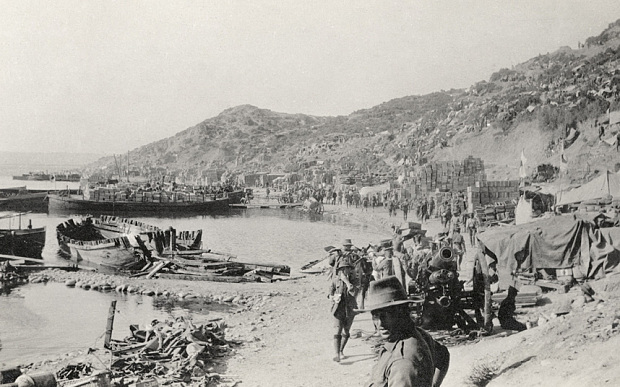
It might seem, almost in anticipation, that Laurence Binyon wrote his famous eulogy, published in the Times in 1914:
They shall grow not old, as we that are left grow old; Age shall not weary them, nor the years condemn. At the going down of the sun and in the morning We will remember them.….

I was working in Istanbul in 2018, living in Kurtkoy, and had decided to take a week off to holiday in Kalkan with my wife Ellen. I had planned to take the opportunity to dive, if one presented itself, luckily there was a local dive operation, Kalkan Dive Centre, which made things pretty convenient. I had arranged to drop my kit with them and take a scenic dive out to a local reef, and was buddied up with a small UK group, one of which I had a sense might have been military….it turned out Michael “Doc” Cox was a lieutenant Commander in the Navy at Landcom, Izmir, and was indeed “military”, (having been ex-Army….Navy doesn’t really count!) Doc may eventually forgive me for that, it’s a military thing…..
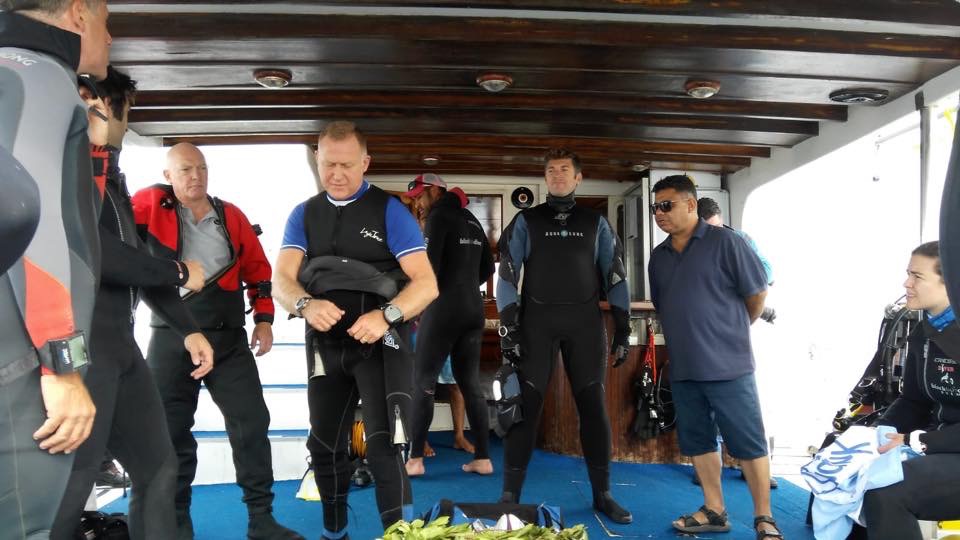
I liked Doc, we chatted over the next couple of dives and I mentioned I was ex-services, we swapped “sand-bag” anecdotes and enjoyed a couple of decent dives together. It turns out Doc is a bloody good photographer and takes a very well thought out shot. Doc had been planning a series of dives off Anzac cove to mark the 100 years anniversary of the end of WWI, this had taken him some 2 or 3 years behind the scenes and was taking place in a couple of weeks…… I made an off-hand remark about how I’d love to help if there was anything I could do…. I left it at that and, a couple of weeks later, following the swapping of photos and Go-Pro videos, an e-mail from Doc invited me to join the trip if I could make the time? If I could make the time….there wasn’t a thing on earth was going to stop me….even the Birthday weekend that Ellen had arranged for us in Paris….surely she’d understand….? I copped hell for it, but, stalwart as Ellen is and has always been, she agreed I’d hate myself for ever more if I didn’t do this, and that, on this One occasion, she would be alright flying to Paris on her own and staying for the night alone until I could join her the day after……. Doc, very tactfully, sent a thank you to Ellen from the British Embassy, for “allowing her husband the time to join the memorial dives” it helped….I’m still breathing……
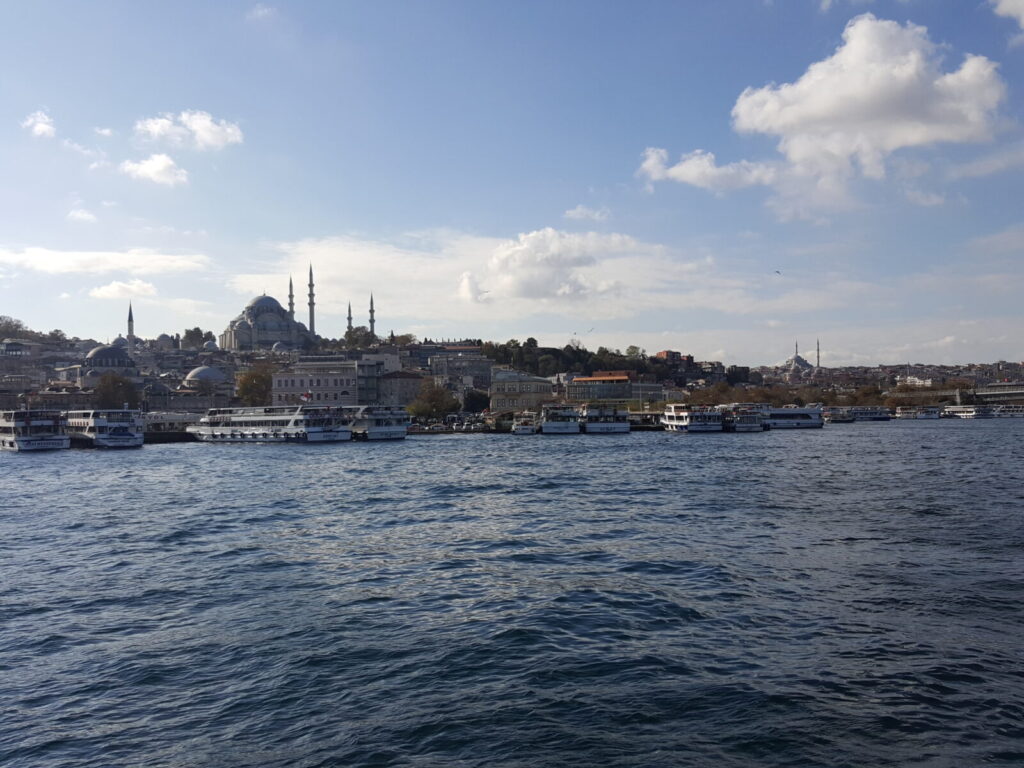
I travelled the 4 hours from Kurtkoy after finishing work on the 29th September at around 3pm, the traffic through Istanbul and over the Bosphorous was it’s usual bedlam, it was the first time I’d driven in Turkey and although it was a pain the journey was filled with anticipation. I couldn’t wait to get to Çanakkale and see Gallipoli with my own eyes, I had wanted to dive the wrecks of the Bosphorous for longer than I could remember and the idea I might get to help, in some small way, to pay tribute to those who fought and died there was something I couldn’t believe might actually happen
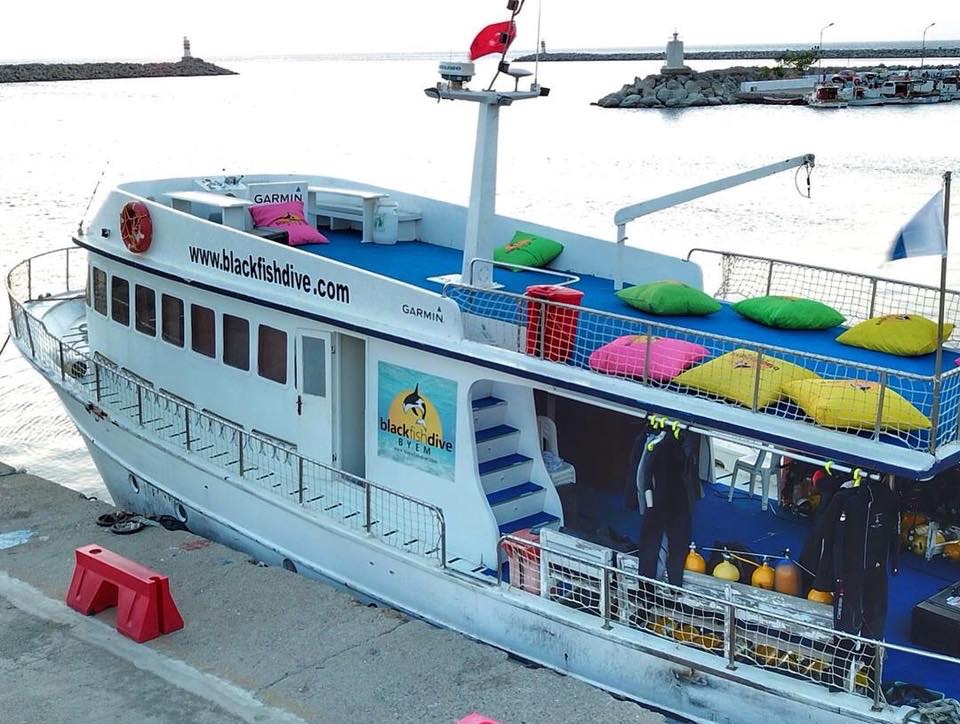
We had been bunked in a small hotel in Eceabat, run by TJ, (TJ’s Hotel ironically) who’s knowledge of the Gallipoli campaign is second to none. TJ runs & guides trips to the memorials, to the battlefields, and has quite a comprehensive array of memorabilia from the campaign dotted around the hotel too. This is a compact town hotel and somewhere you can get good conversation and decent food, it has no pretention to being up-market and suited me to a Tee!
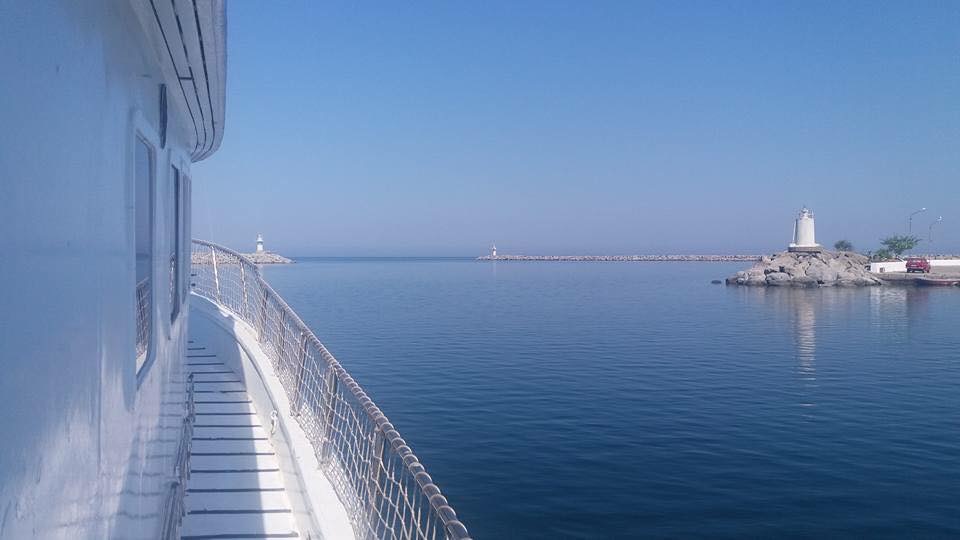
We left TJ’s and joined our boat, run by Levent, owner of Blackfish diving in Çanakkale, loaded our kit and made ourselves comfy on what was a spacious and accommodating vessel. The journey out was idyllic, with sunshine and calm, although as we approached Anzac cove, arriving an hour or so later, the wind had picked up a little and the current was running fiercely. There was a briefing, who would be where, and what our roles and responsibilities would be and I must admit, when I was asked to carry and lay the wreath I was pretty overwhelmed, I don’t think I gave that away, but inside I just could not have been any more proud or humbled in the same breath…….
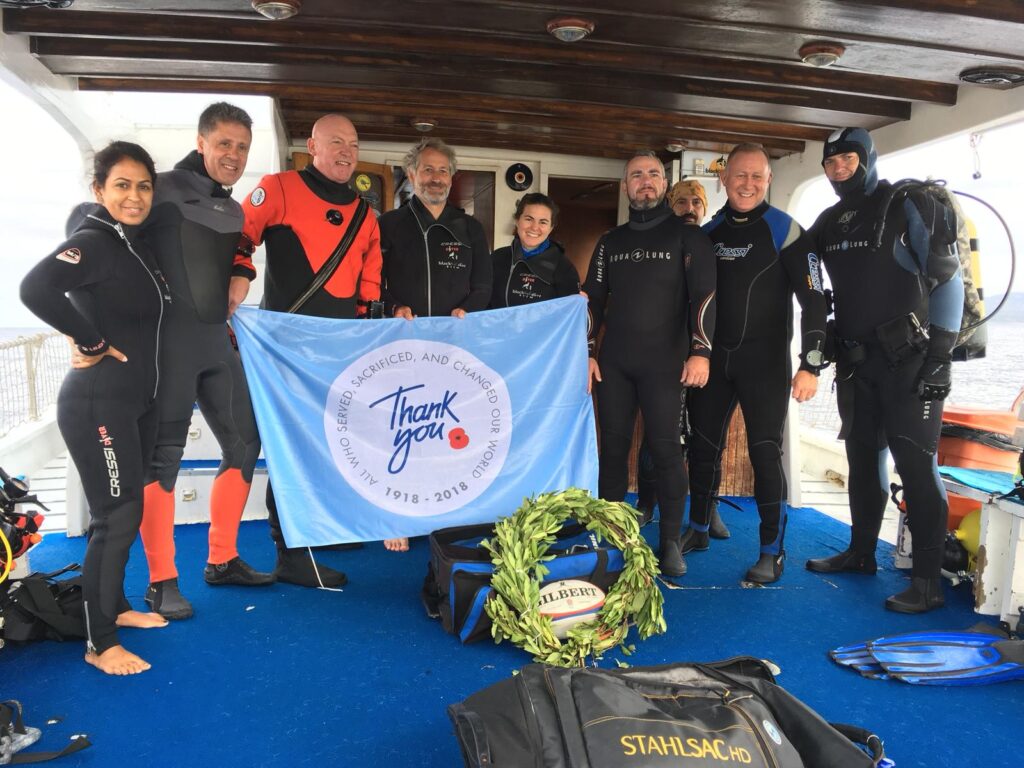
The current was ripping and it took time to get us into a decent position to dive the first of our wrecks, HMS Louis. At approximately 20m depth HMS Louis had eventually been rigged as a de-salinator to provide fresh water to those ashore, she lies upright with 2 prominent boilers and all the associated pipework, sitting on a sandy, flat bottom. It took time to get everyone ready to descend together, so we might keep visibility reasonable and film and photograph the event with some chance of success. Doc had decided the wreath would be placed on Two wrecks, being brought out after each to be finally laid at the Anzac cove Marine Memorial, as you can see in the lead photo of this piece, that eventually worked out perfectly
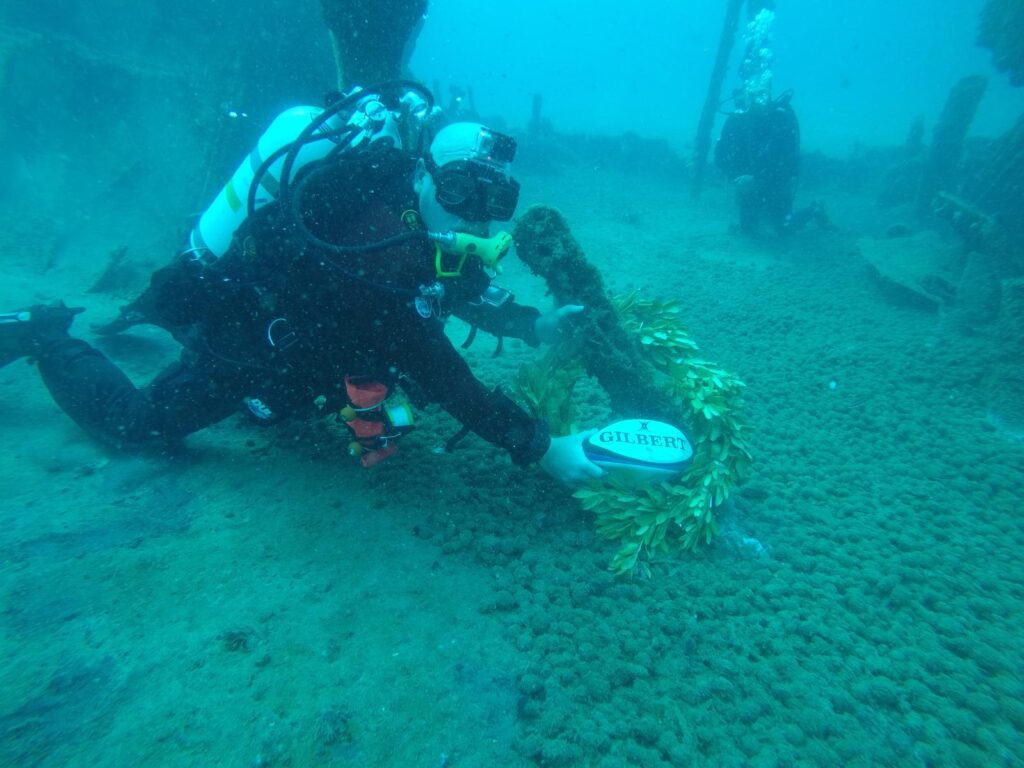
The Louis is an interesting dive, there is the hull outline remaining, remarkable really as the current and weather can be fierce in this area and she is not deep at around 16-20m. I loved the raised boilers and the pipework which was arrayed to ensure sea water was condensed into fresh almost direct from the boilers. There are plenty of hull plates and ribs still standing around her too. As a small vessel HMS Louis gave us plenty of time to pay our respects, and also enjoy diving such an historic site, even on such a solemn occasion
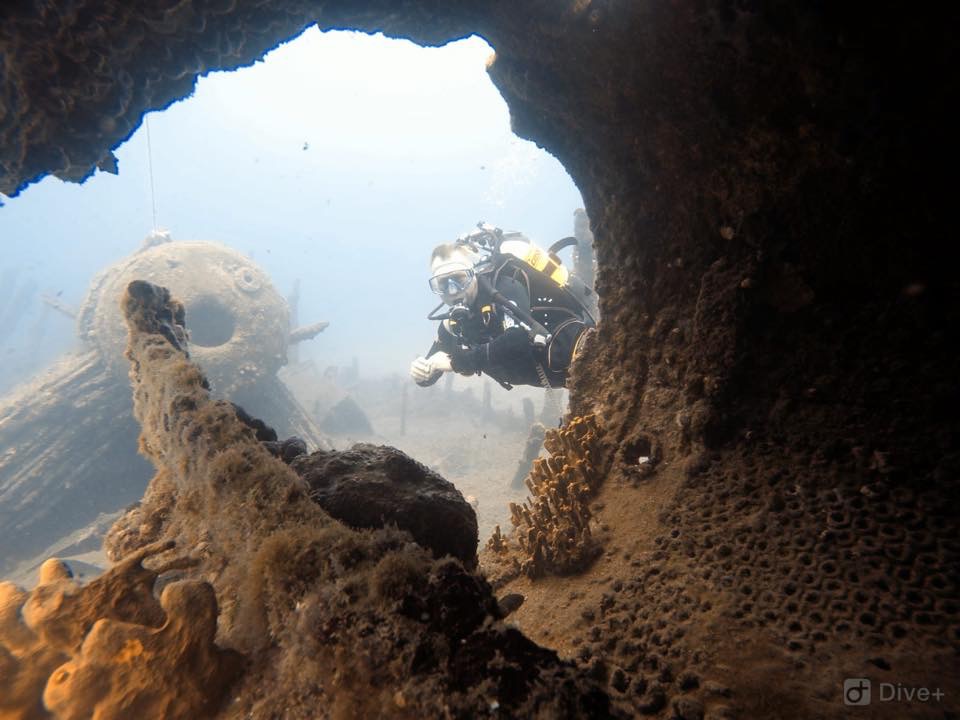
When we eventually left HMS Louis after 40 or so minutes diving, it was with a profound sense of the history and importance of remembrance both of, and for those who had given all in such terrible circumstances on both sides of the conflict. Whilst the British and Allied forces had no desire for a war with Germany, neither did the Turks have a desire to be in such a strategic position that their country would be invaded, and their young men forced to defend it with such valour
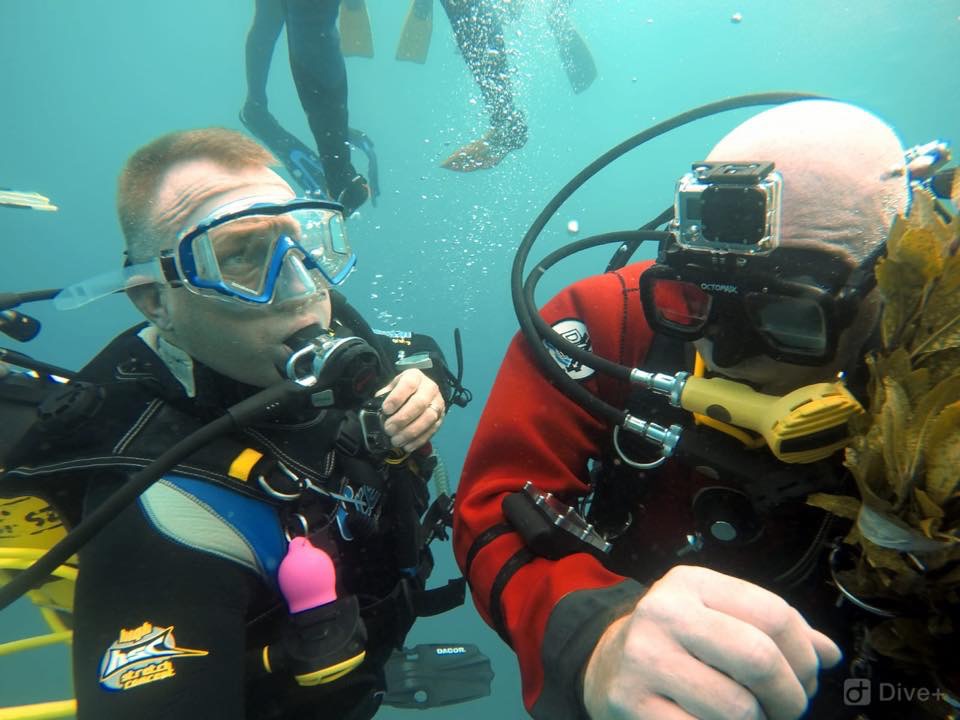
As we decompressed on the shot, eventually climbing back aboard our dive-boat it was clear the weather was closing in, the approach to the spit of iconic land jutting up from the beach in shrapnel alley was under dark and looming clouds, the cove itself seemingly becoming moody and sullen in the acknowledgement of the solemnity of such an occasion.
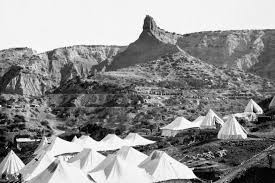
You will have noticed we were taking a rugby ball with us as part of the memorial dives, the significance of this was the loss of over 15 international rugby players in the Gallipoli conflict, and the many more lost in the wider arena of WWI, something close to Doc’s heart as a keen player, with Bristol RUFC club affiliations himself. The list of those lost in the war can be found here: https://en.wikipedia.org/wiki/List_of_international_rugby_union_players_killed_in_World_War_I
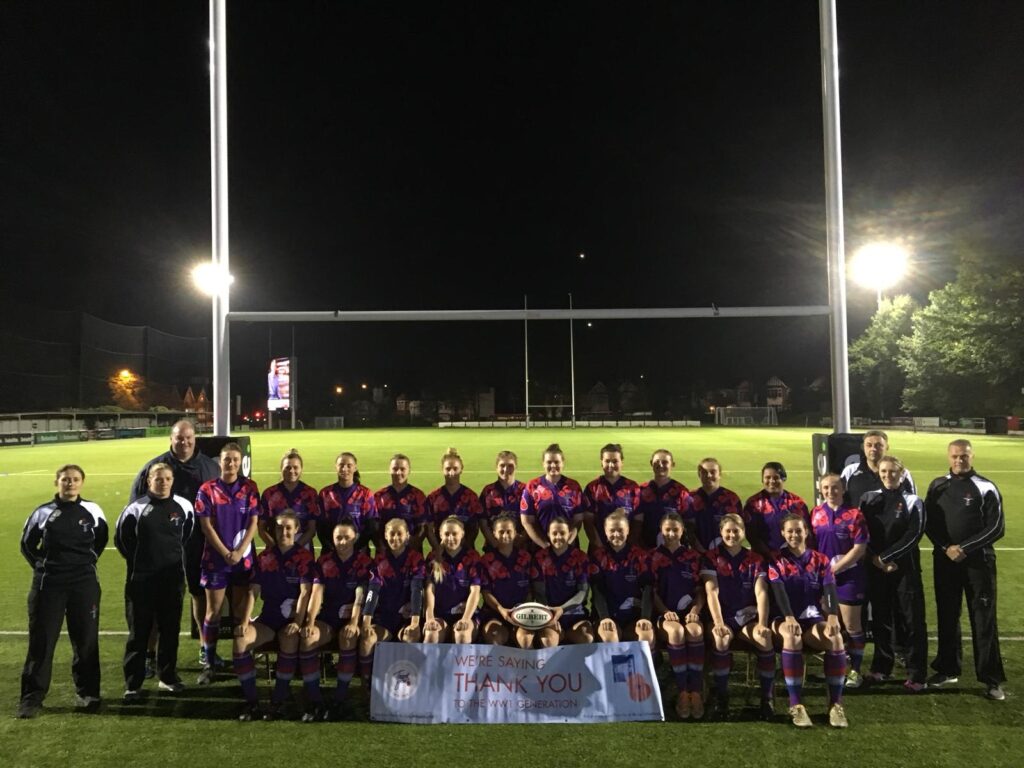
The Gilbert game ball would eventually go back to the UK and be used to kick off the UKAF Women’s Remembrance match against South Africa (2nd November 2018 at Rosslyn Park) and the UKAF Men’s Remembrance Game against Bristol Bears
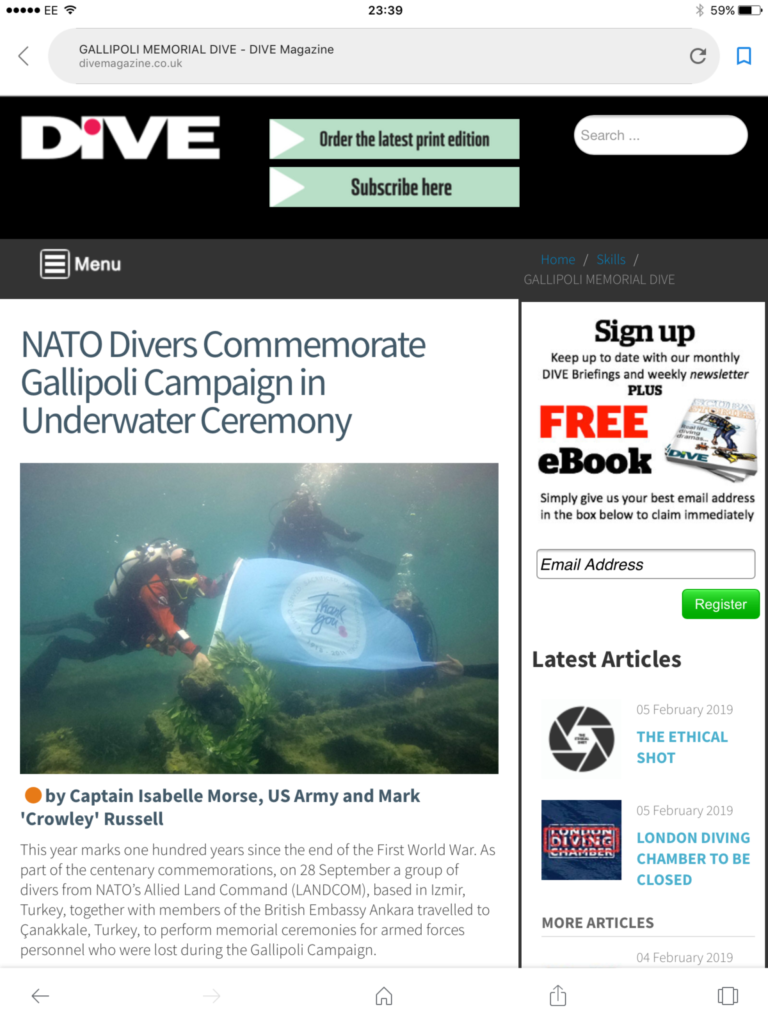
The significance of these dives, and the remembrance of the Dardanelles conflict and its cost were not lost either on us as individuals, nor on the diving world, the event receiving press coverage in the UK forces magazine, on the British Forces Broadcasting Services (BFBS) and in Bristol Tigers own publications, also appearing as a comprehensive article in Dive Magazine. Whilst travelling to the sites, and on our return to the shore, there was an entourage from the Turkish news association filming and Doc was interviewed for and appeared on Turkish national television

Doc had spent years planning these memorial dives, he did a thorough job which, to some extent, was helped by his appointment to Landcom in Izmir, an international collaborative force based in Turkey. The international nature of the command in Izmir allowed Doc to invite serving and, in my case, ex-serving members of multiple military forces and members of the British Embassy in Istanbul, the UK Army and Navy (Doc and myself) Reena Konia, Gordo Falcona, Isi Morse of the US Army, Andy Pix, Thore Kempenich (German Army) and Levent and Volcan both Turkish nationals

Gallipoli is just as poignant to the Turkish Nation as it is to the Allies, indeed, standing on the headland in the Memorial site at Anzac Cove is a monument carrying the words of Kemal Ataturk, who not only fought at Gallipoli, but went on to become the leader of the Turkish Nation, whilst it is true, there is no direct proof these were his own words, Ataturk praised the men of both sides who fought at Gallipoli on many occasions, so they remain both fitting and reverent in equal measure
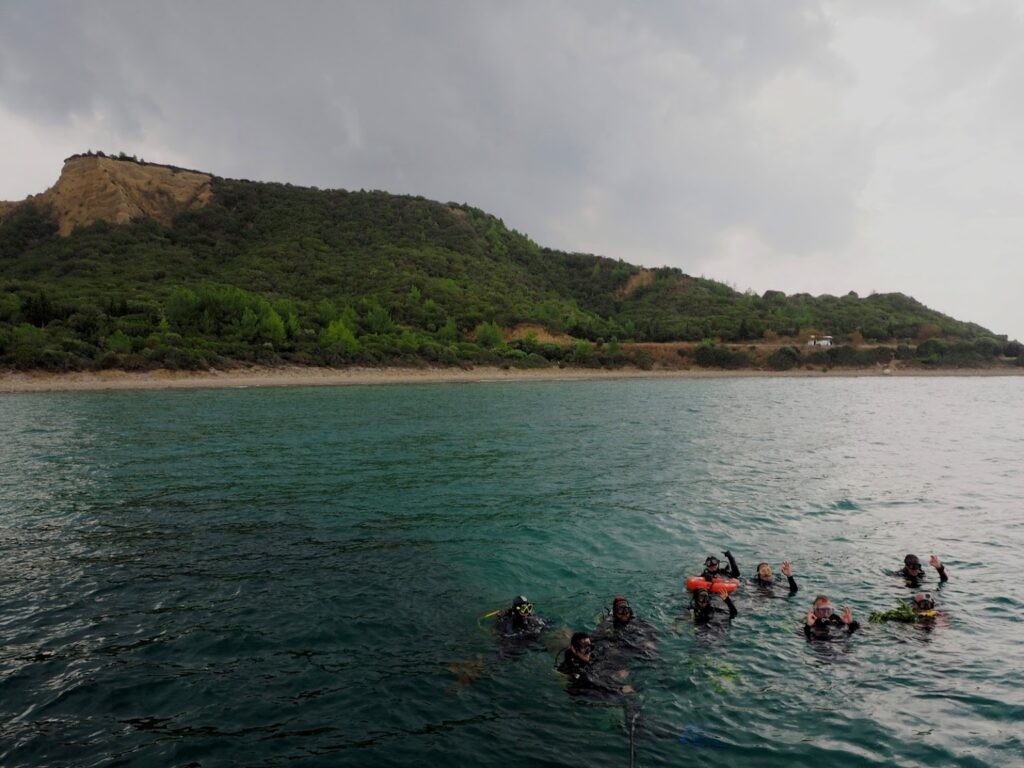
The team re-entered the water to dive the far shallower SS Milo, one of the troop transports that ferried soldiers as close to shore as practical under the withering fire from the defending Turks
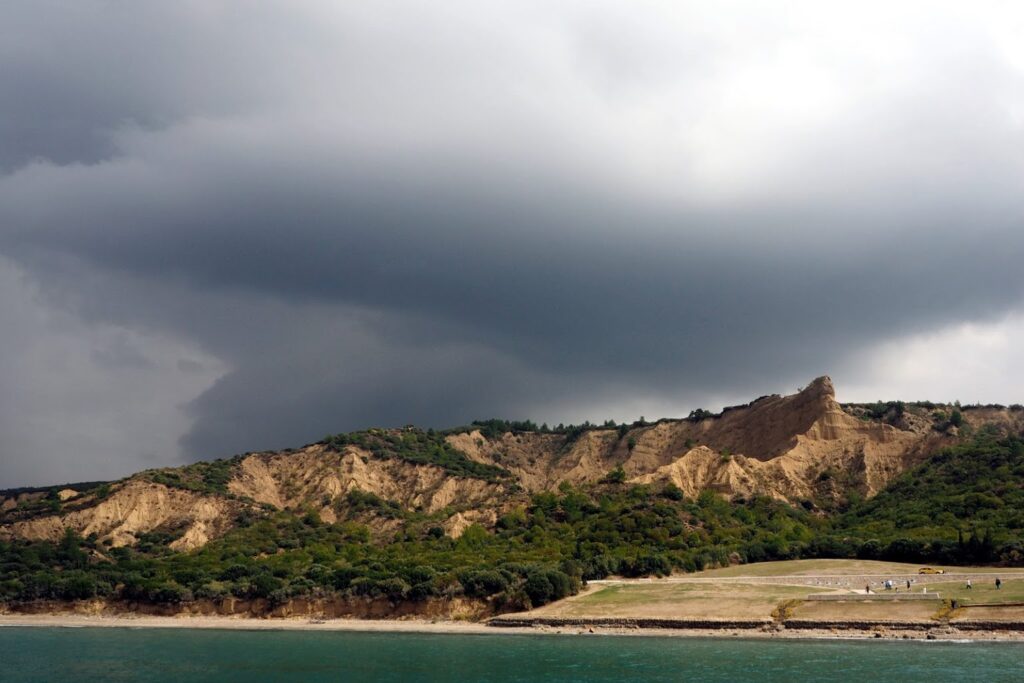
The dive on the SS Milo was, again, poignant and undertaken with reverence for those who had been so brave, to land on a foreign shore and face the hailstorm of shrapnel valley, and the assaults on Anzac cove.
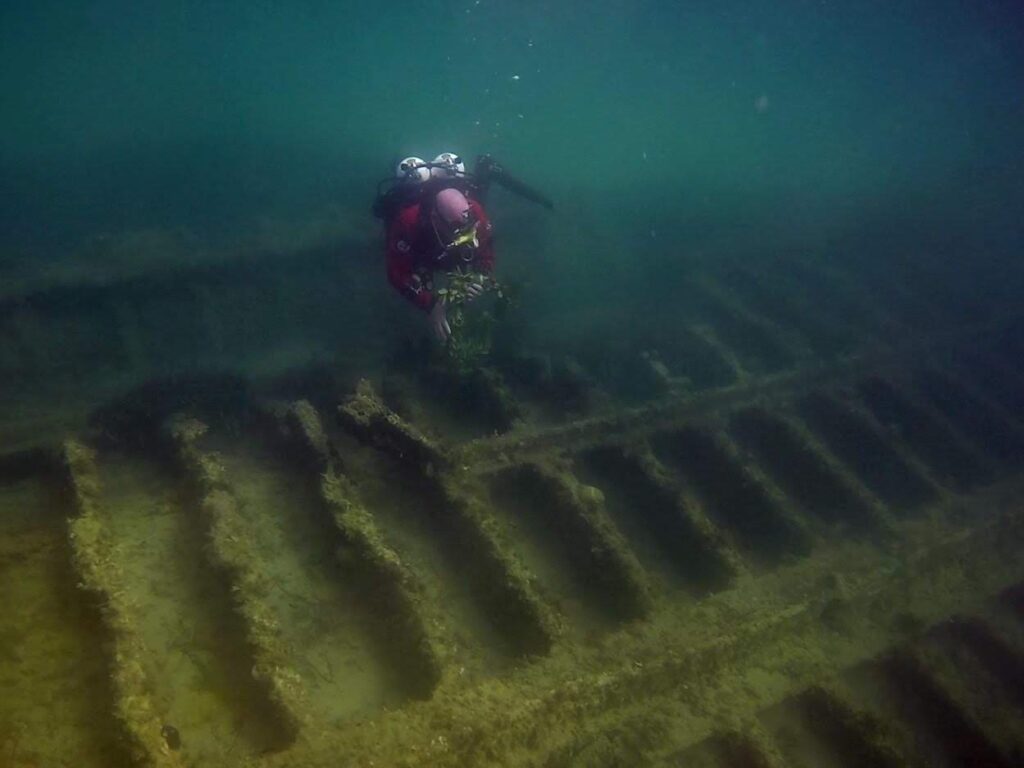
SS Milo is a ghost, an outline of a ships hull, her keel lying in the sands of time, slowly passing from this world…… as those lost on the shores and in the hills of Çanakkale slipped away from it…….lest we forget
